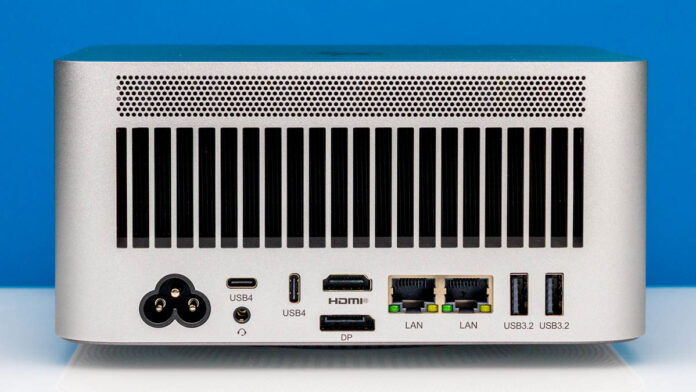Every so often, there are products that are better than we expect. This is one of those, and for anyone considering a Framework Desktop to run Windows 11 Pro, this should make you pause for consideration. In our review of the Beelink GTR9 Pro, you will see both why this is an awesome system and why there are a few software/ firmware items that need to be cleaned up for it to reach its full potential. It is time to get into a neat AMD Strix Halo system.
Pricing is a big deal. These often sell for $1999 or less for the AMD Ryzen AI Max+ 395 with 128GB of LPDDR5X memory. It is a bit more on Amazon (Affiliate link.) The GMKtec EVO-X2 we reviewed previously is roughly the same price. A similarly configured Framework Desktop, like what we purchased, was closer to $2500 with less functionality. We would also suggest pairing this with a switch like the MikroTik CRS304-4XG-IN (Amazon Affiliate) or the QNAP QSW-M3216R-8S8T (Amazon Affiliate), since a major value proposition here is the 10Gbase-T networking. Also, if you do a lot of big models, you probably will want more than 2TB of storage, we used the 8TB WD drive (Amazon affiliate) which is cheap and big for the second M.2.
Beelink GTR9 Pro External Overview
From the initial unboxing, it is very clear that Beelink has targeted the Apple Mac Studio for the design. The unboxing is not quite Apple, but it is a far cry from a plain brown box.
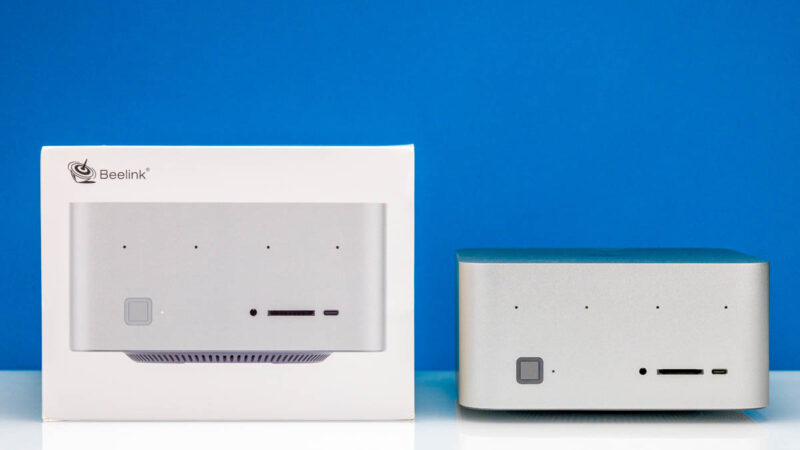
The front has an array of microphones on top that are supposed to help isolate away background noise.
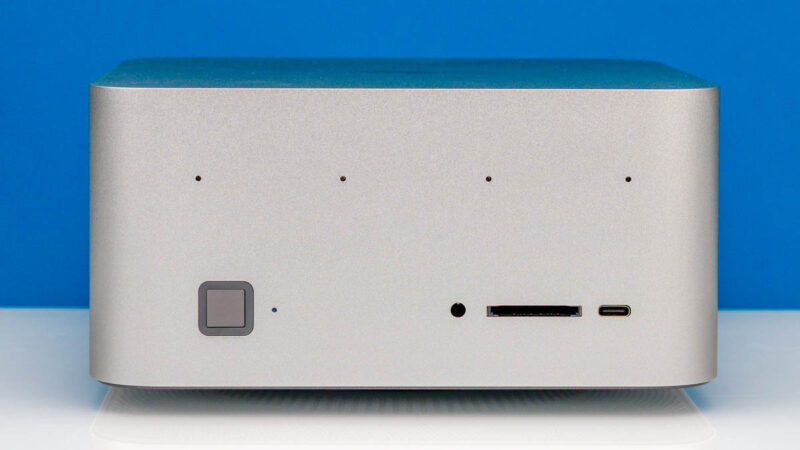
On the left, something the Mac Studio does not have, a built-in fingerprint reader on its power buttion.
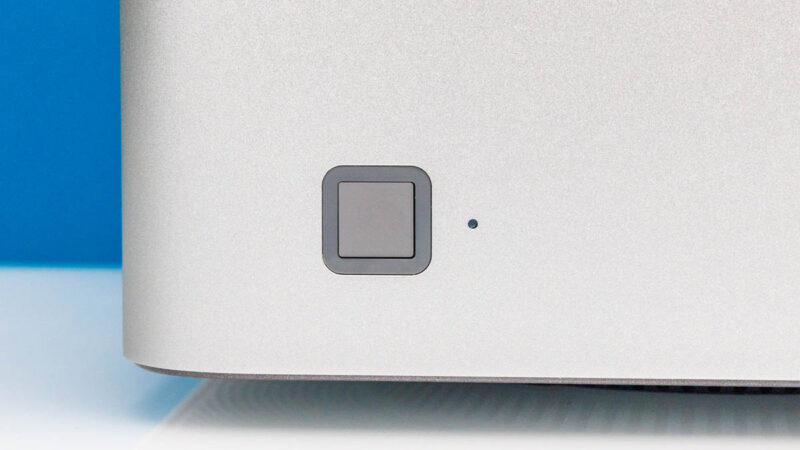
On the other side, we get an audio jack, a SD card reader, and a USB Type-C port (10Gbps.)
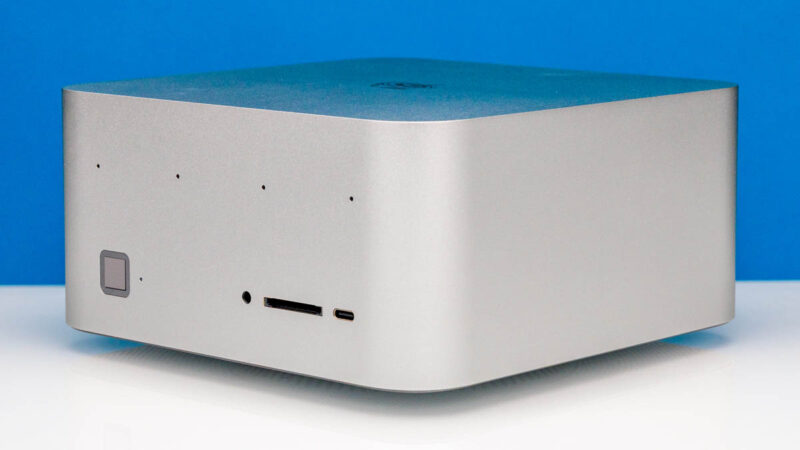
On the rear, a huge amount of space is dedicated to the cooling. Also, we should mention that on the left side we have an AC power input as Beelink has moved to an internal power supply.
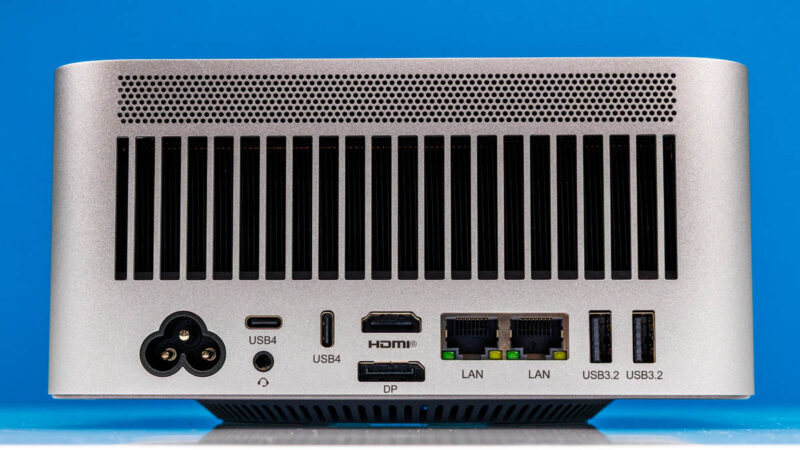
There is another audio jack, then two USB4 ports (40Gbps.) There are then HDMI 2.1 and DisplayPort 2.1 ports which can each apparently do 8K 60Hz output.
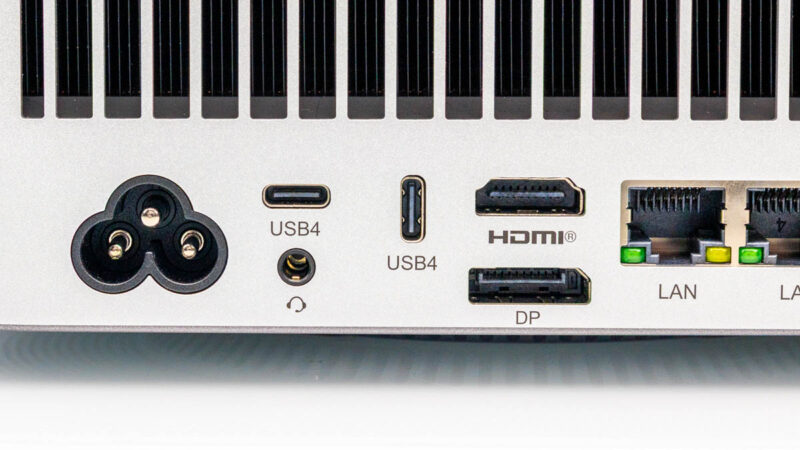
On the right rear, there are two USB 3.2 Type-A ports which gives a decent mix of Type-C and Type-A on the system. Beyond that though, is one of the big features, the dual 10Gbase-T networking. The 10GbE ports are powered by the new Intel E610 controller, which we will get to in a bit. At the same time, the Mac Studio has a single Marvell 10Gbase-T port. The GMKtec EVO-X2 has a single 2.5GbE port. The Framework Desktop is only a single 5GbE port. The Minisforum S1-MAX also has dual 10GbE, but those are Realtek NICs, making this a high-end solution. As you might tell by that list, we have already tested several other options. This is the top-end networking of the bunch.
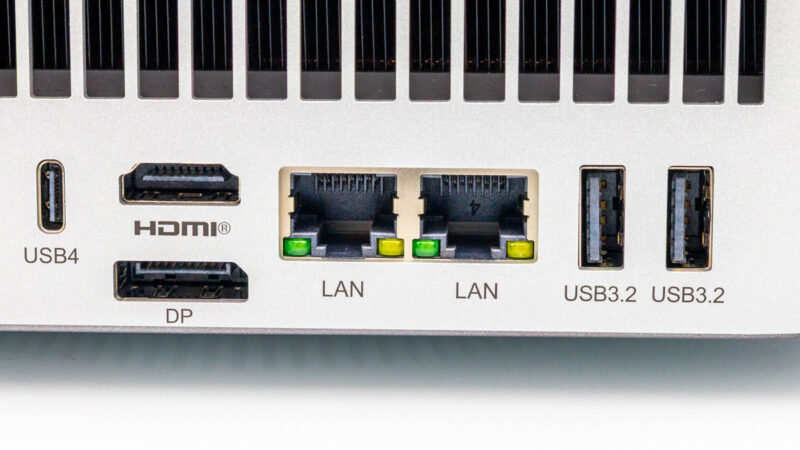
On the bottom, we have a lot of venting, and the circular center section that we also find on a Mac Mini and Mac Studio.
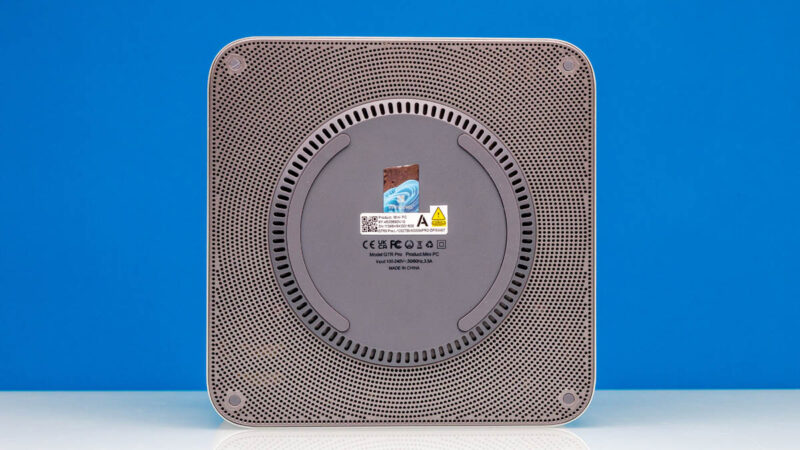
The top has a Beelink Logo.
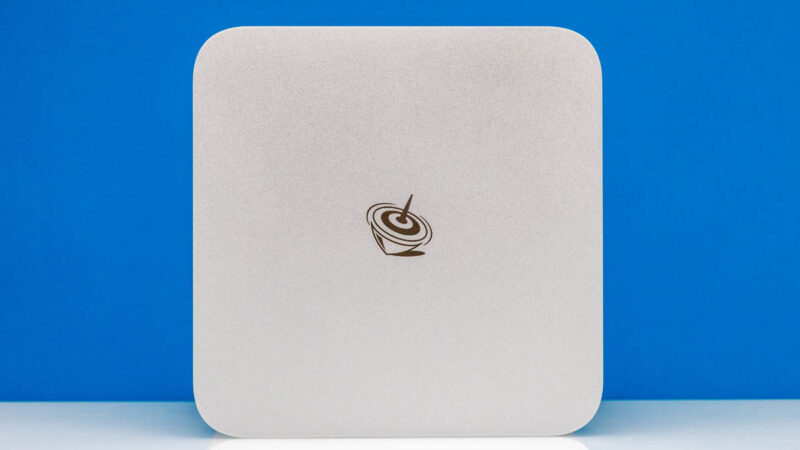
The unit is a bit smaller than the Apple Mac Studio. At the same time, if you did not take a second to pause and look, you would casually think you are looking at a Mac Studio.
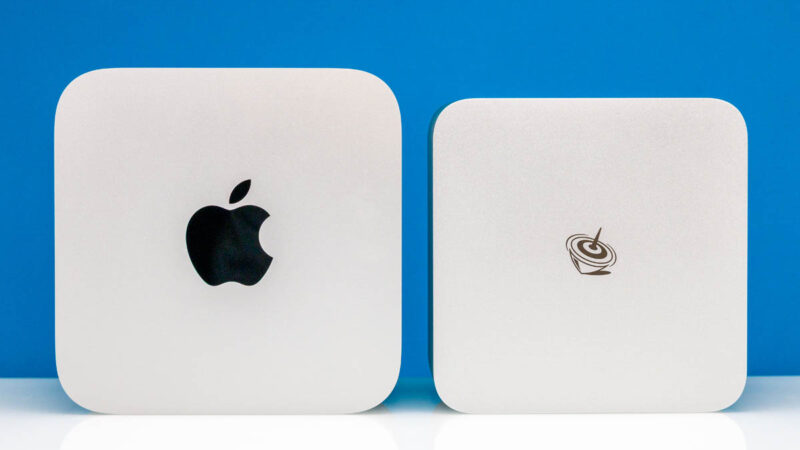
Beelink has more going on, but it is not hard to see where they got inspiration from.
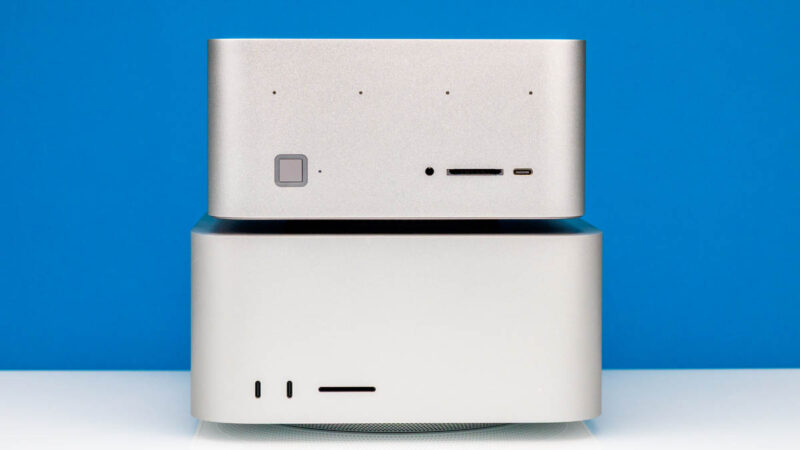
On the rear, Apple has more USB Type-C / Thunderbolt ports, but it is at least somewhat similar. This is the Apple Mac Studio M3 Ultra 512GB, so it is a $1999 Beelink next to the $10,000 Apple, but $1999 only gets you a base-level configruation in Apple Mac Studio these days with a quarter of the storage and just over a quarter of the memory.
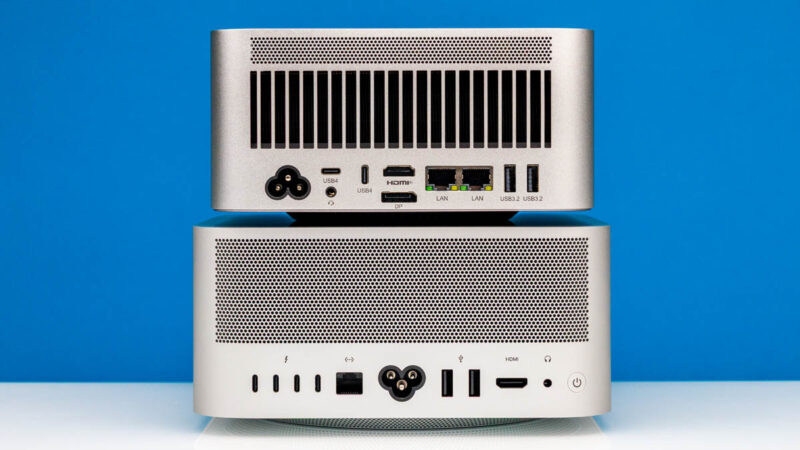
Next, let us get inside because Beelink’s designs are also becoming more premium and complex along with its external design.
Source link
